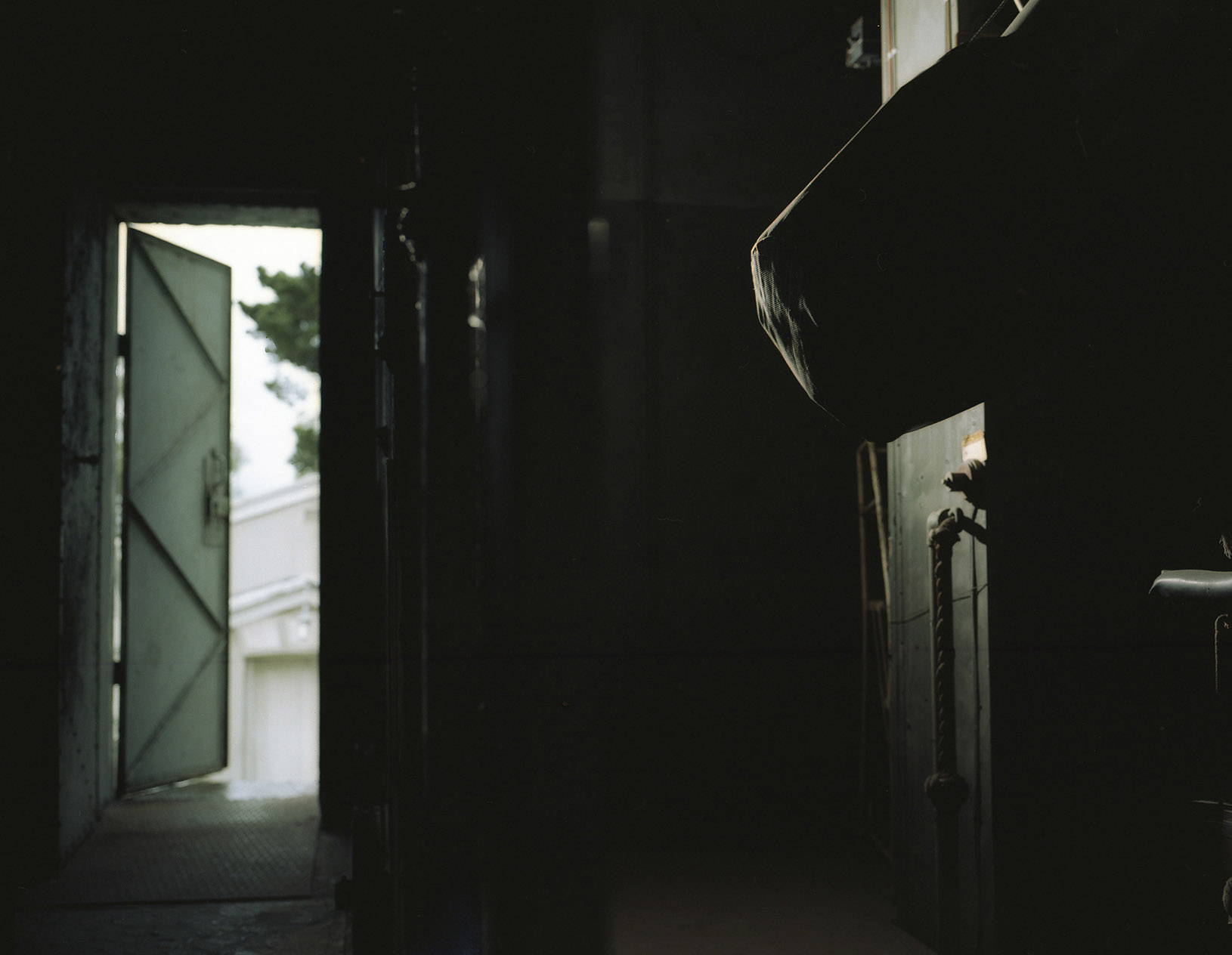Used to transport the signals generated by the focal-plane detectors of the K600 magnetic spectrometer at iThemba LABS.
‘As you have your brain that collects all of the information that your eyes process, here is the same thing, you have the detector, that are your eyes, and then you need something that process all the information.."
Dr. Luna Pellegri, Senior researcher, iThemba LABS
RIBBON CABLES, ITHEMBA LABS, CAPE TOWN
Used to transport the signals generated by the focal-plane detectors of the K600 magnetic spectrometer at iThemba LABS.
‘As you have your brain that collects all of the information that your eyes process, here is the same thing, you have the detector, that are your eyes, and then you need something that process all the information.."
Dr. Luna Pellegri, Senior researcher, iThemba LABS
Read More'So once the particle reach their maximum energy, then, they get extracted again, and get sent down to wherever we want them to go, for experiments or isotope production.'
Dr Ricky Smit is showing a schematic representation of the principle of acceleration of the charged particle through the Separated Section Cyclotron (SSC) at iThemba LABS.
DR. RICKY SMIT, SENIOR RESEARCHER, ITHEMBA LABS, CAPE TOWN
'So once the particle reach their maximum energy, then, they get extracted again, and get sent down to wherever we want them to go, for experiments or isotope production.'
Dr Ricky Smit is showing a schematic representation of the principle of acceleration of the charged particle through the Separated Section Cyclotron (SSC) at iThemba LABS.
RAJIN RAMPHUL, SALT SAAO, SUTHERLAND, NORTHERN CAPE
The thing is we observe most of our targets for other people, so we don’t really know exactly what they are. We sort of understand a little bit. My job is mostly to make sure that they get their data properly, but their science reasoning is not my specialisation.
Read MoreROCKS GONG INSTALLATION, LIVING LANDSCAPE PROJECT, CLANWILLIAM, WESTER CAPE
REVERSIBLE TRANSIT CIRCLE TELESCOPE # 3, SAAO OBSERVATORY, CAPE TOWN
This building houses the Gill Reversible Transit Circle, built in 1905 to measure the position of stars as they pass the north-south meridian and to check the accuracy of clocks. It was also used to contribute to the Catalogue of Fundamental Stars (Fundamental Katalog FK4), and was in use until around 1980 - after which the use of space satellites became the norm in the 1990s. The building is in need of repair and apparently one of its chimneys is housing a bee hive.
Read MoreREVERSIBLE TRANSIT CIRCLE TELESCOPE # 2, SAAO, OBSERVATORY, CAPE TOWN
REST STOP ON R27, NORTHERN CAPE
The R27 road passes through exceptionally desolate areas and is one of the main routes from Cape Town towards the SKA project site. Here, the first phase of the largest radio telescope in the world is planned for completion in around 2024.
Read More






